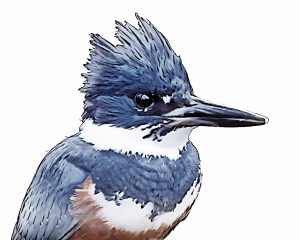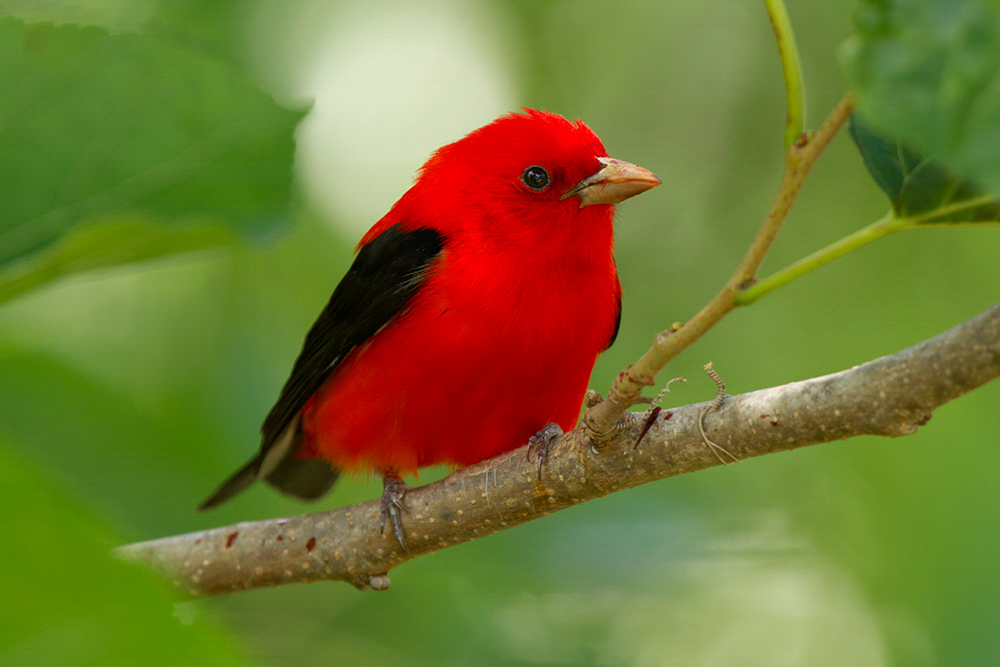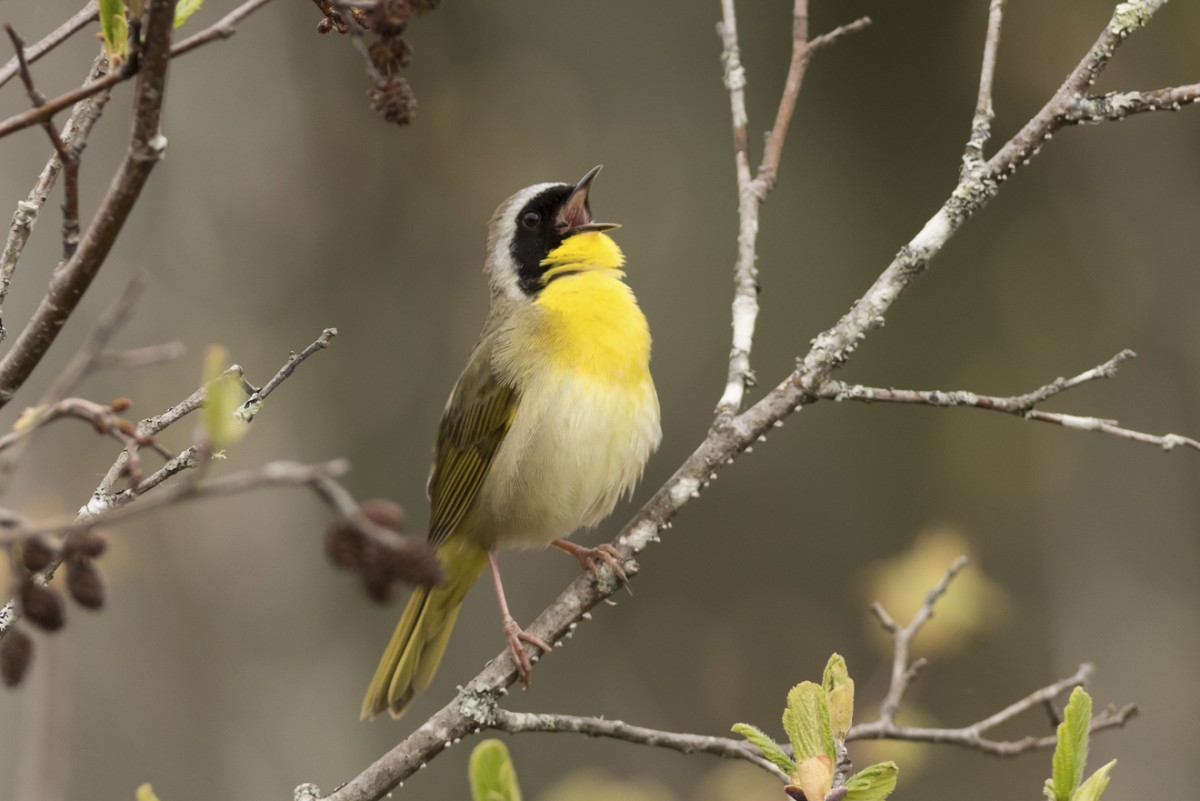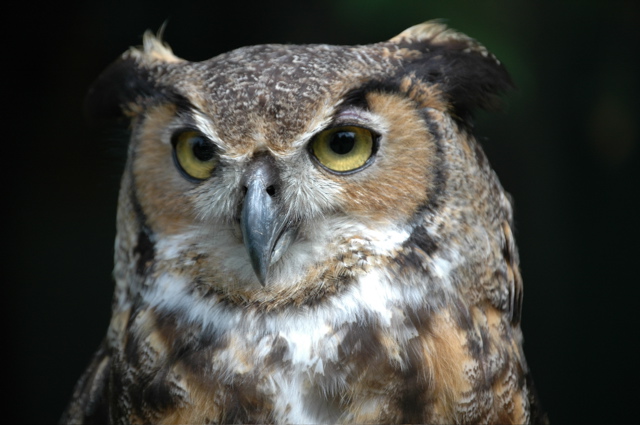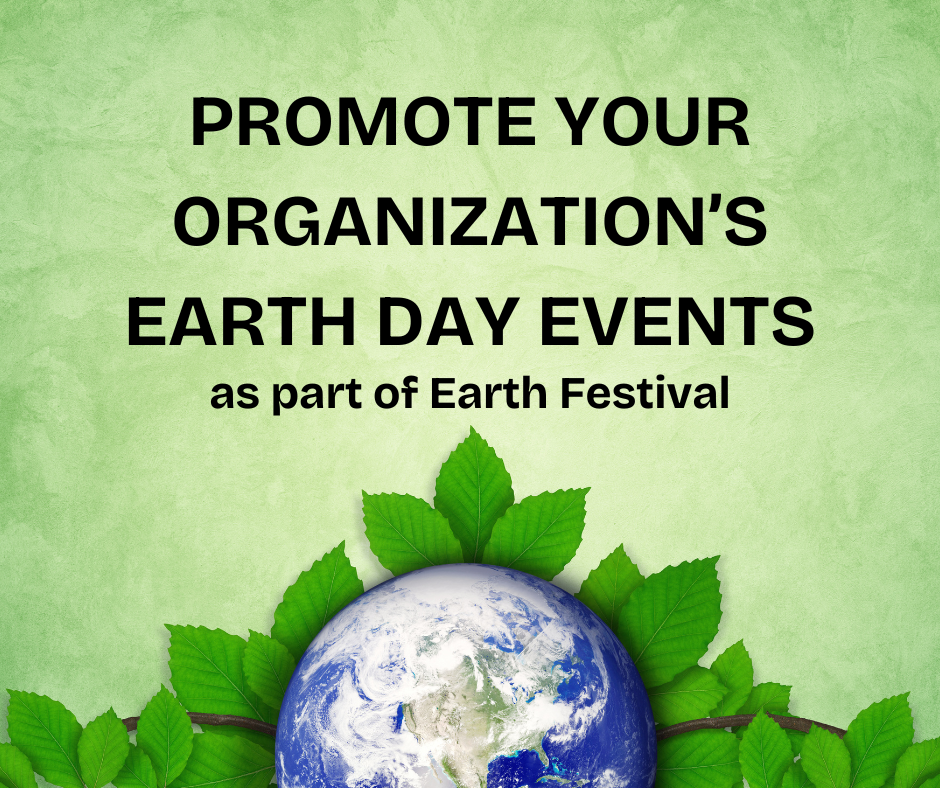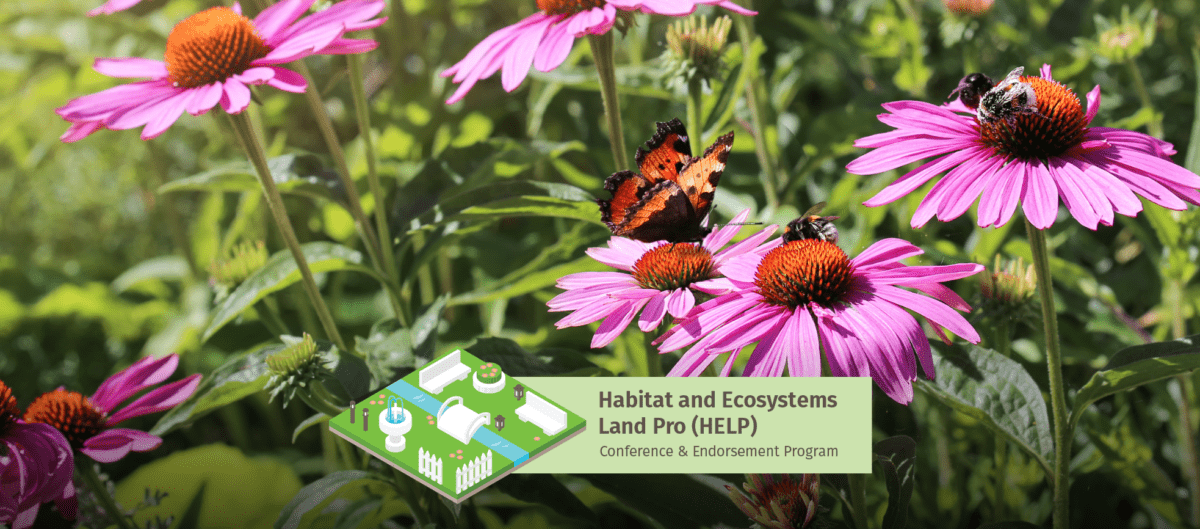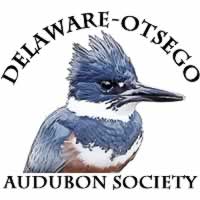anuary 2013
Wildlife threats overseas —
We often focus on our immediate surroundings when it comes to environmental and wildlife issues, and indeed that is where we can be most effective. However, there is no doubt that even more pressing problems occur around the globe, including decimation of iconic animals to the point of near extinction.
Recently, both tigers and elephants have been in the news. The global population of tigers in the wild may now be as low as 3200 animals — a loss of 97% over the past century. The decline is attributed to poaching, retaliatory killings and habitat loss, and continues despite efforts to establish preserves in the Asian nations where the species still holds on.
For example, this fall, an 180,000 acre corridor was created in eastern Russia to allow Amur tigers access between Russia’s Sikhote-Alin mountains and the Wandashan mountains in China. However, ongoing illegal logging in this region, and rapid human population growth in northeast China pressure the small numbers of remaining tigers.
For African elephants, the ivory trade is the greatest threat. Although bans on the sale of ivory in past years had reduced killing of elephants for their tusks, there has been a resurgence of this illegal activity. In October, a major ivory seizure in Hong Kong uncovered roughly four tons of ivory products — estimated to be valued at over $3.4 million and potentially equivalent to 500 elephants.
Asian elephants are continually squeezed by expanding human populations and loss of habitat, forcing the animals into small preserves, and isolating populations with loss of genetic diversity. Capture of wild elephants for use in logging and the tourist trade also takes a toll on elephants.
Elephant numbers were estimated to have declined by 80% prior to the ban on ivory sale in 1990, and there had been promising recovery since them. However, increasing poaching and loss of habitat has again brought the species to near endangered species status.
On November 8, the US State Department held an unprecedented event on illegal wildlife trafficking and conservation. In her remarks, Secretary of State Hillary Clinton called for an end to illicit wildlife trafficking, which she emphasized as a major foreign policy and security issue. The gathering brought together foreign ambassadors, including from Kenya and Indonesia, and leaders from international organizations, non-governmental conservation organizations and the private sector.
Having the US government turn the spotlight on the plight of tigers and elephants and the continuing threat of illegal wildlife trafficking is a positive step in bringing these issues to the public’s attention.
What you can do —
Thank outgoing Secretary Clinton for her initiative in publicizing the plight of international wildlife (US Department of State, 2201 C Street NW, Washington, DC 20520). Send a copy of your letter to President Obama and urge him to appoint a replacement who will continue this focus. Ask him to enact strong US government policies to prevent the illegal killing and trafficking of wildlife. Copies to your federal lawmakers will also increase the effectiveness of your message. Also, get the facts on sources when considering purchase of any wildlife or plant item, and consider supporting those organizations such as the World Wildlife Fund and TRAFFIC that are working to protect these threatened creatures.
